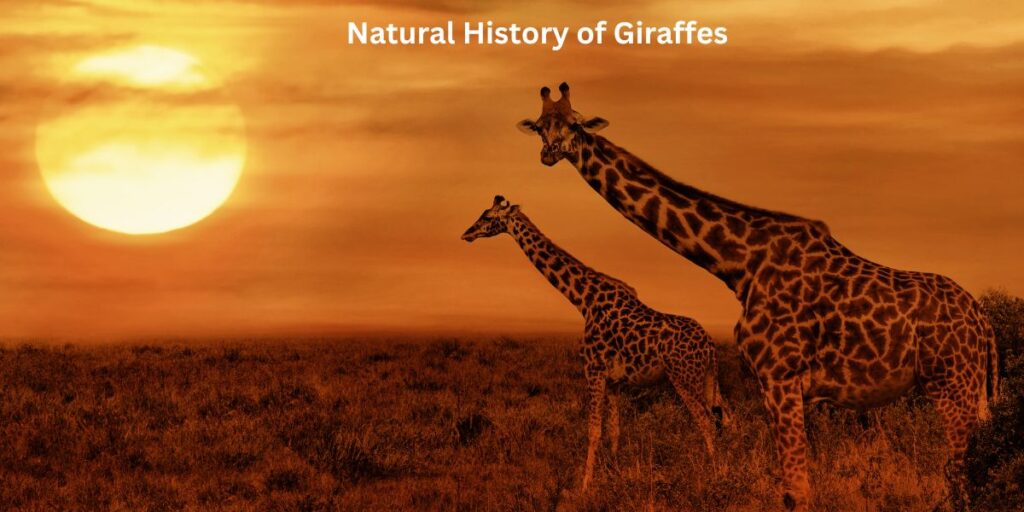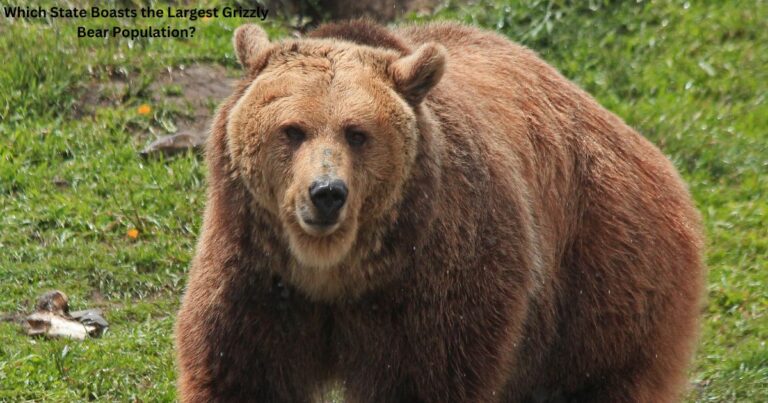
Introduction
The giraffe, a towering symbol of the African savannah, is one of the most unique and fascinating creatures in the animal kingdom. Its long neck, spotted coat, and graceful movements have captured the curiosity of humans for centuries. To truly understand these majestic animals, we must delve into their natural history, exploring their evolution, adaptations, behavior, and ecological significance.
Evolutionary Journey of Giraffes
The giraffe’s natural history dates back millions of years. Giraffes belong to the family Giraffidae, which also includes their closest relative, the okapi. Fossil evidence suggests that giraffes evolved around 25 million years ago in Africa. However, their distinct long-necked form developed much later, approximately 7 million years ago.
One theory explaining the giraffe’s elongated neck is the “competitive browsing hypothesis.” This suggests that giraffes evolved longer necks to access food high in trees, avoiding competition with other herbivores. Another theory, the “necks-for-mating hypothesis,” posits that males developed long necks to engage in necking battles for dominance and mating rights.
Physical Adaptations of Giraffes
The giraffe’s body is a marvel of evolutionary engineering, designed to thrive in its environment.
- Long Neck
Giraffes’ necks can reach up to six feet in length, but they still have the same number of neck vertebrae as humans—seven. Each vertebra is elongated and separated by flexible joints, enabling their remarkable reach. - Specialized Heart and Circulatory System
To pump blood to their brains against the force of gravity, giraffes have a powerful heart weighing around 25 pounds. They also possess unique blood vessel valves that prevent fainting when they lower their heads to drink water. - Camouflaged Coat
The giraffe’s spotted coat provides excellent camouflage in the dappled light of savannah woodlands, protecting it from predators. - Adapted Tongue and Diet
Their prehensile tongues, about 18 inches long, allow giraffes to strip leaves from thorny acacia trees, their primary food source.
Behavior and Social Structure
Giraffes are social animals that live in loose herds, often composed of females, calves, and younger males. Adult males tend to be solitary or form small bachelor groups. Their behavior is fascinating and includes unique traits like:
- Necking
Male giraffes engage in necking, a form of combat where they swing their necks and heads at each other to establish dominance. - Silent Communication
While giraffes were once thought to be mostly silent, recent studies have shown they produce low-frequency sounds, possibly for long-distance communication. - Sleeping Patterns
Giraffes sleep for only 4–6 hours per day, often standing up, to remain vigilant against predators.
Ecological Importance
Giraffes play a crucial role in their ecosystems. As browsers, they shape the vegetation of the savannah by pruning trees and spreading seeds through their droppings. This helps maintain the balance of plant and animal life in their habitats.
Threats to Giraffes
Despite their evolutionary success, giraffes face numerous threats in the modern world. Habitat loss, poaching, and climate change have significantly reduced their populations. According to the International Union for Conservation of Nature (IUCN), giraffes are listed as vulnerable, with some subspecies critically endangered.
Preserving the Legacy of Giraffes
Efforts to conserve giraffes are underway, with organizations working to protect their habitats and raise awareness about their plight. Safeguarding giraffes ensures the survival of one of nature’s most extraordinary animals and preserves the intricate web of life in which they play a vital role.
Conclusion
The natural history of giraffes is a testament to the wonders of evolution and adaptation. From their origins millions of years ago to their current role in African ecosystems, giraffes are a symbol of resilience and beauty. By understanding their history, we gain a deeper appreciation for these magnificent creatures and the urgent need to protect them for future generations.






